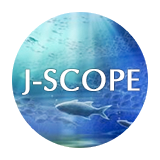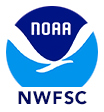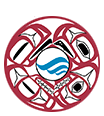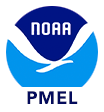Climatology
The J-SCOPE forecast system for Washington and Oregon coastal waters forecasts sea-surface temperature (SST), chlorophyll stock, dissolved oxygen, and sardine habitat. The forecasts are composed of three ensemble members each relying on complementary forcing files from CFS. Forecasts from 2016 onward, are reported as anomalies - in other words, the forecasted fields differenced from this climatology, in order to provide context as to how "characteristic" the forecasted conditions are expected to be. The climatology is composed of hindcast simulations spanning 2009 - 2014. All models are biased in some way, and one advantage of the anomaly is that it attempts to compare two fields - both biased - to each other. For more information about anomalies, please see the NANOOS Climatology App. One goal is to reduce the influence biases have on the forecast. Hindcasts and forecasts are biased in their own ways, and a forecast climatology would more completely remove these biases, but in its absence, this provides a step forward. The forcing was derived from the CFSR reanalysis (for 1979 - 2009), which includes data assimilation, and the CFSv2 analyses (for 2010 - present).
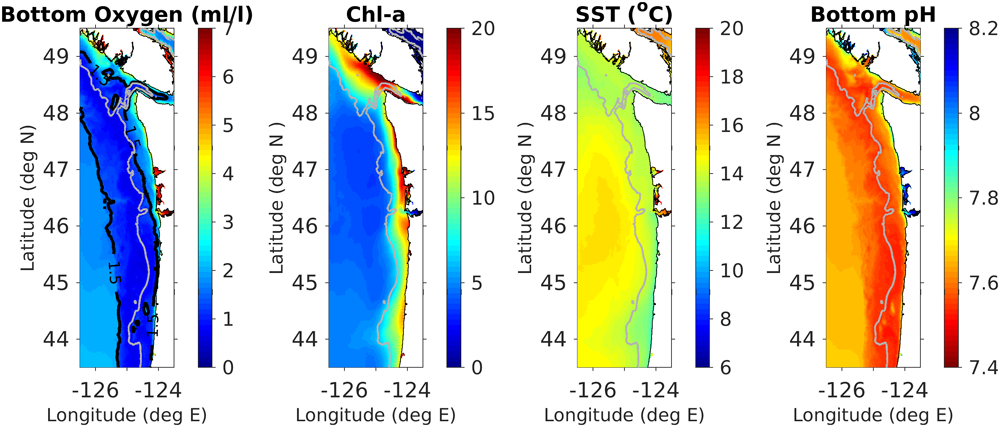
The model climatology spanning 2009 - 2014 for the upwelling season. More information about the three panels above can be found by navigating the Chlorophyll, SST, and Oxygen tabs above. The gray contour indicates the 200m isobath (shelf break) and the black contours on the bottom oxygen panel (left) indicate near hypoxic (1.5 ml/l) oxygen levels. The panel on the far right depicts the bottom water pH over the forecast period. The pH field is calculated using an empirical relationship established by Alin et al., in prep. This work is part of a collaboration between Samantha Siedlecki, J-SCOPE, and the Ocean Acidification group at NOAA PMEL.
